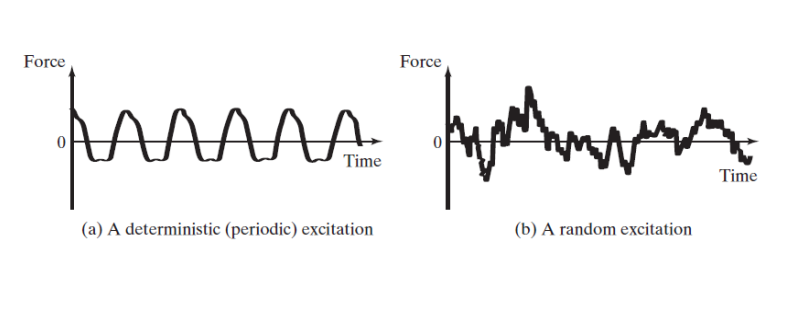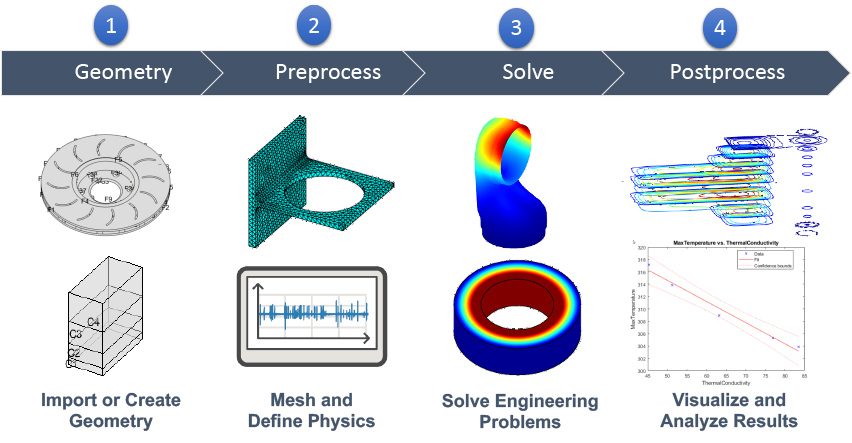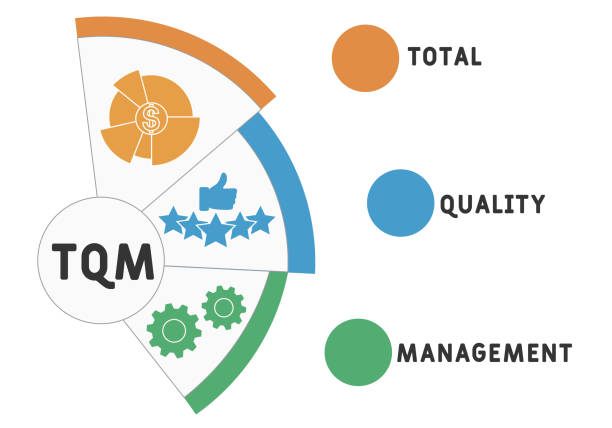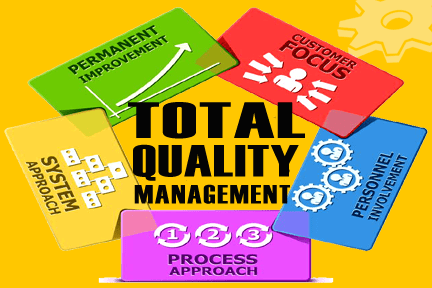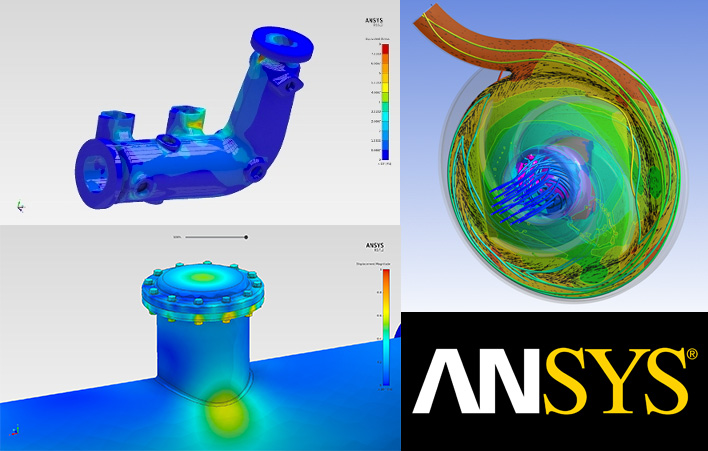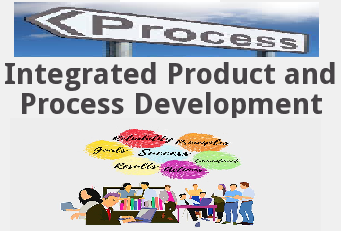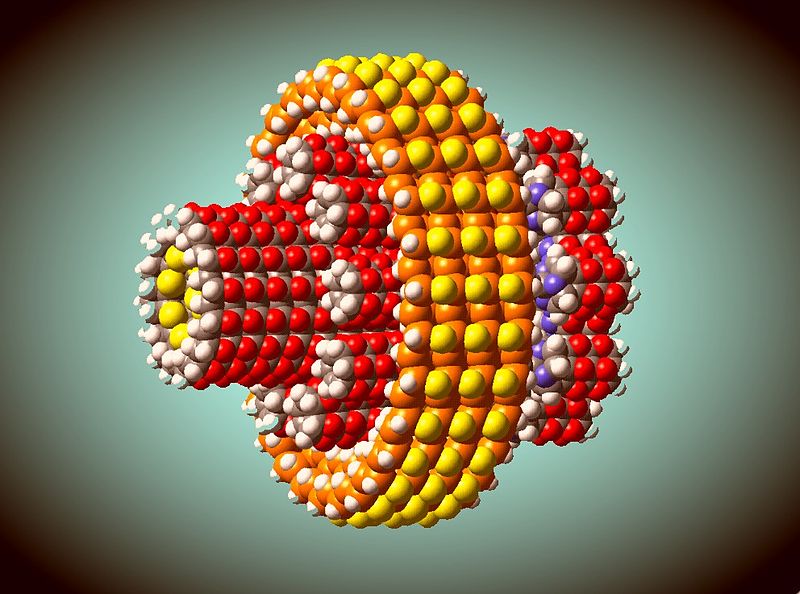Vibrations are
oscillations which repeats after equal interval of time in mechanical dynamic
systems.
Although any system can
oscillate when it is forced to do so externally, the term “vibration” in
mechanical engineering is often reserved for systems that can oscillate freely
without applied forces.
Sometimes these
vibrations cause minor or serious performance or safety problems in engineered
systems.
For instance, when an
aircraft wing vibrates excessively, passengers in the aircraft become
uncomfortable especially when the frequencies of vibration correspond to
natural frequencies of the human body and organs.
Hence the objective of
the course are
1.
To understand the Fundamentals of
Vibration and its practical applications.
2.
To understand the working principle and
operations of various vibration measuring instruments.
3.
To be creative problem solvers whilst
dealing with machinery involving periodic phenomena.
In this course the
topics are covered to fulfil the above objectives and also at the end of this
course students will be able to
CO1 : Define the basic terms of vibrating
system
CO2 : Illustrate and identify the basic
components of vibrating system
CO3 : Formulate mathematical models of problems
in vibrations using Newton's
second law or energy principles
CO4 : Determine a complete solution to
mechanical vibration problems using
mathematical or numerical
techniques

